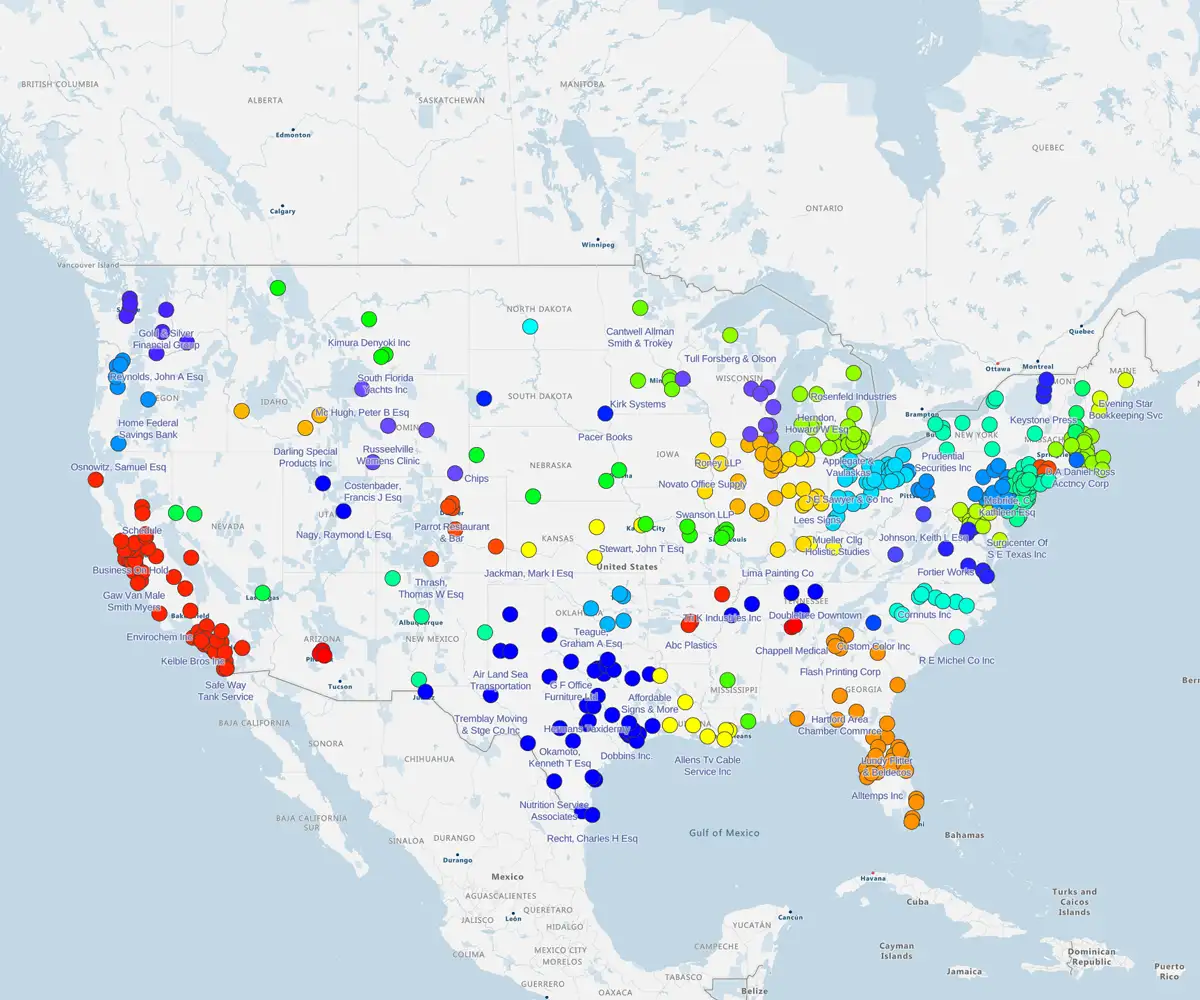The aggregate by value tool is a great way to summarize, analyze, and present your insights. And it does simplify your data analysis process.
So for example, in this case, I want to find out my sales by sector. So using the tool I'm just going to select from the dataset, the industry sector, and then the table below shows me the key metrics I need for further analysis.




